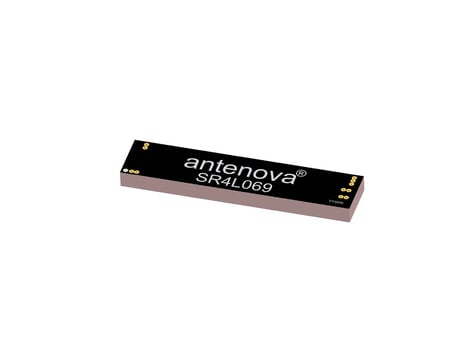In large, open spaces such as warehouses, factories and even cities, connectivity can be hard to come by. Fortunately, IoT gateway manufacturers create super-small, connected devices that route data and bring deeper, more reliable connectivity to all sorts of devices.
However, these tiny little gateway devices often use carrier networks to operate. These mean that these devices need to meet predefined benchmarks imposed by cell carriers, which can be particularly difficult in the North American market, especially at the lowest frequency bands (such as 617MHz).
So, when Antenova were approached by a customer on a tight development schedule, looking to launch an LTE-Cat1 gateway that measured no more than 115x115x20mm, they needed to use all of the expertise to find a solution.
Not only did the solution meet carrier requirements at the lowest bands, it also surpassed them at higher bands, allowing their customer to launch the device on time and with minimal fuss. Download the case study to learn how we created a bespoke antenna using Lucida that met the customer's needs precisely.




